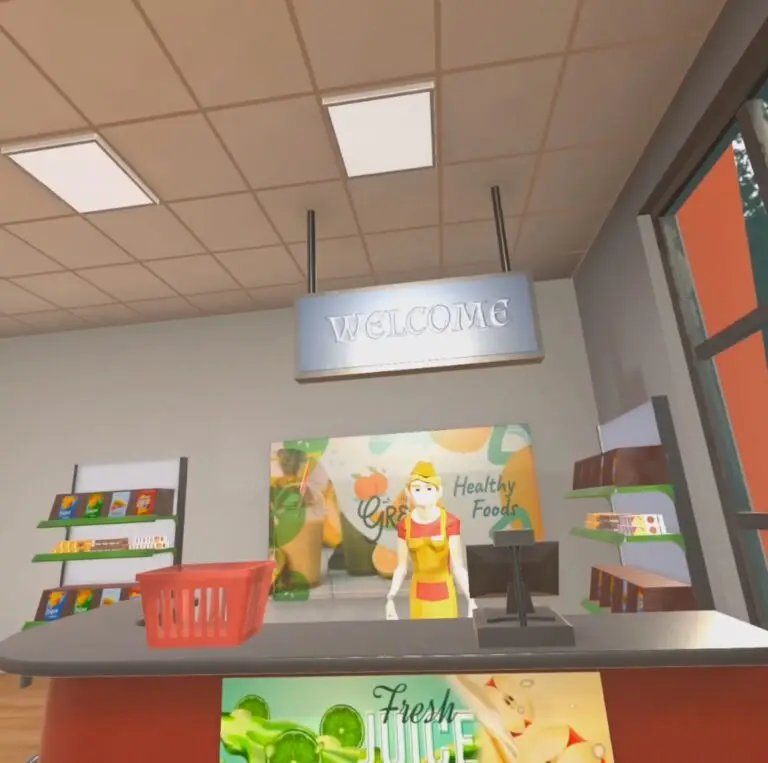Learn Unity from Unity Official Pathways: My ExperienceLearn unity from unity official learn websites

While waiting for my new PC, I decided to use that time productively and explore Unity’s official courses.
Though they primarily cover foundational concepts, I found tremendous value in revisiting the basics. Here’s why these courses are worth your time:
Over the past few months, I’ve been diving into Unity’s official online courses, following their well-structured learning pathways. Despite having worked with Unity for several years and thinking I had a solid grasp of the engine, I quickly realized there’s always more to learn. These courses turned out to be an incredibly enriching experience, even though they’re targeted toward beginners.
1. High-Quality Assets as Learning Tools
Unity provides exceptional assets for each mission in their courses. These assets are not only professional-grade but are also incredibly useful for projects beyond the course. Personally, I’ve been impressed by their quality and have found myself integrating them into my projects. These assets alone make the experience worthwhile.
2. Code Examples That Spark Creativity
The courses are packed with practical examples that can benefit any developer, regardless of experience level. For instance:
- Randomized step sound effects for different surfaces.
- Subtitles implemented with ease, thanks to prebuilt components.
While these code snippets and components aren’t often deeply explained, they serve as excellent tools to learn from or incorporate directly into your projects. In fact, I’ve been toying with the idea of creating a personal library of these snippets, making it easier to reuse and build upon them in the future.
— Ads —
3. Clear Explanations for Complex Concepts
Some topics that previously confused me now make much more sense. For example, the concept of Light Probes—something I always struggled to grasp—was explained so simply and effectively in the Creative Core section of the course.
This clarity has been incredibly refreshing, especially since game development can often feel like a lonely journey when figuring out issues. In many cases, problems are visual in nature, making it challenging to frame a proper question when seeking help. These courses help bridge that gap by simplifying the basics and showcasing solutions.
4. An Investment of Time That’s Worth It
Admittedly, the courses require a significant time commitment, but the return on investment has been substantial. My understanding of Unity has deepened, especially with beginner concepts that I thought I already knew. Revisiting these basics has given me a more solid foundation to build upon.
Final Thoughts
If you’re learning Unity—whether you’re just starting out or have years of experience—the official Unity courses are worth exploring. Though aimed at beginners, they’re packed with assets, examples, and clear explanations that can help developers at any stage improve their skills.
For me, these courses have rekindled my appreciation for how much there is to learn in game development. I’m excited to keep building, experimenting, and maybe even creating my own Unity guide to share the knowledge I’ve gained.
Take the time—your future projects will thank you!



